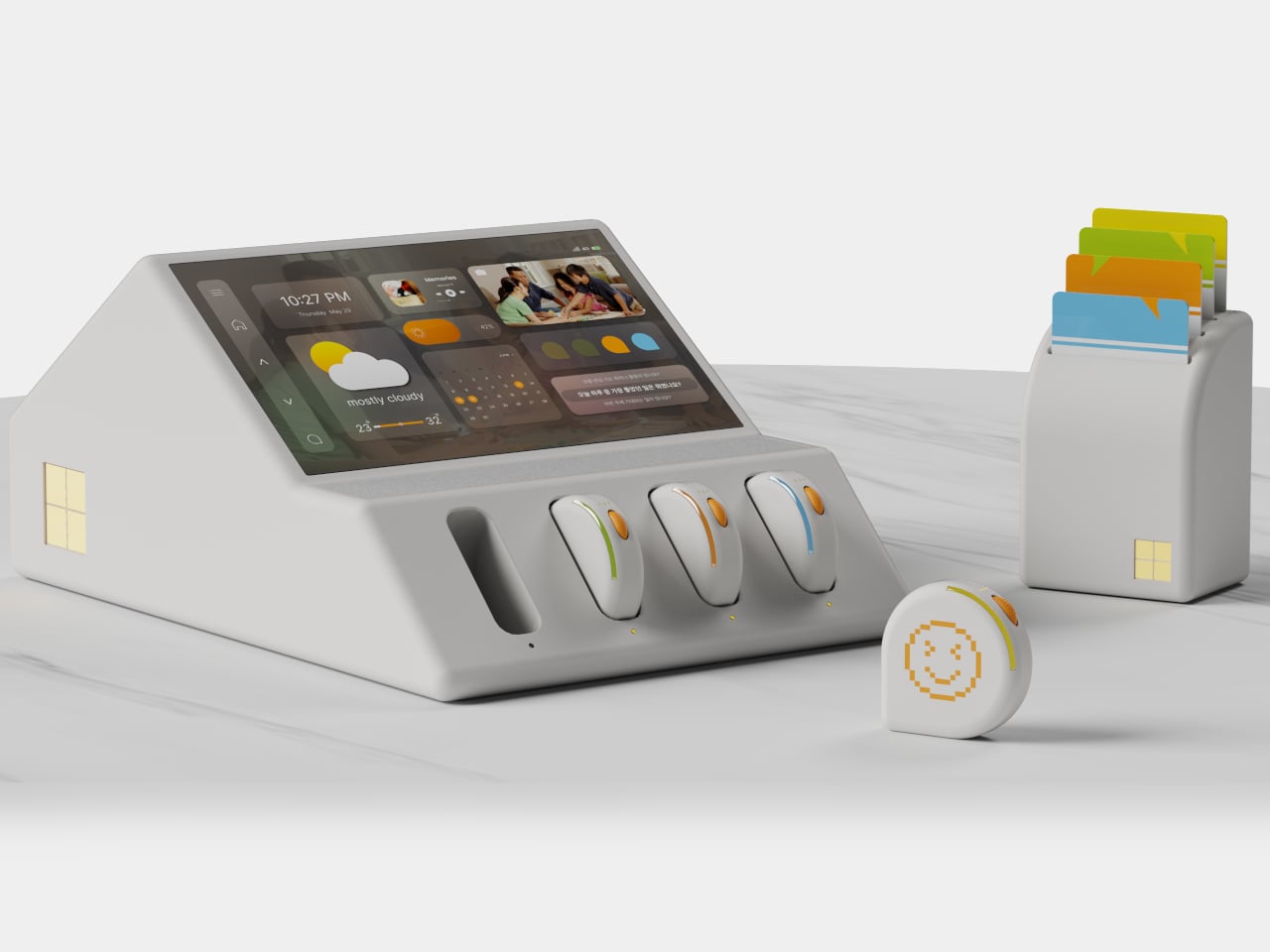Quand le MIT réalise un fantasme de science-fiction
AlterEgo, c’est la réponse du MIT au fantasme de la télépathie et contrairement à Neuralink qui nécessite une chirurgie pour implanter des électrodes dans le cerveau, cette petite merveille se porte simplement autour des oreilles comme une prothèse auditive.
Le principe est assez malin. Au lieu de lire directement dans vos pensées (ce qui reste de la science-fiction pour le moment…), AlterEgo détecte les micro-mouvements de votre bouche, de votre visage et de vos cordes vocales quand vous “parlez” silencieusement. La conduction osseuse fait le reste, transformant ces signaux en mots compréhensibles par un ordinateur.
Arnav Kapur, le scientifique qui dirige le projet, parle d’une “percée révolutionnaire” qui donnerait “le pouvoir de la télépathie, mais uniquement pour les pensées que vous voulez partager”. Ouf, on est sauvé ! Cette précision est importante car contrairement aux interfaces cerveau-machine plus agressives, là vous gardez le contrôle total sur ce que vous communiquez.
Cette idée a germé en 2018 comme projet de recherche au MIT, mais cette année l’équipe a franchi le cap en créant une start-up. Leur dispositif affiche une précision de 90%, ce qui reste impressionnant pour une technologie non-invasive. Bien sûr, chaque utilisateur doit encore calibrer l’appareil et s’entraîner, mais c’est un détail technique… En tout cas, ce qui rend AlterEgo particulièrement intéressant, c’est son potentiel pour les personnes atteintes de troubles de la parole comme la sclérose en plaques. Imaginez pouvoir communiquer naturellement malgré les limitations physiques… Ça changerait la vie de pas mal de monde, non ?
Mais les applications vont bien au-delà du médical car l’équipe envisage déjà des recherches Google silencieuses, des conversations discrètes entre deux utilisateurs, ou encore l’accès aux assistants IA sans sortir votre smartphone. Comme ça, plus besoin de tapoter frénétiquement sur un écran pour obtenir une information. Pour dicter ses SMS ou discuter avec son IA préférée dans les lieux public sans faire chier le monde, c’est l’idéal !
En tout cas, cette approche tranche radicalement avec ce qu’on voit chez la concurrence. C’est vrai qu’actuellement, les interfaces cerveau-machine sont en pleine effervescence avec pas loin de 25 essais cliniques en cours et certaines atteignent même jusqu’à 97% de précision pour la restauration de la parole, mais nécessitent quand même des interventions chirurgicales lourdes. Donc autant dire que c’est pas encore un truc que la police pourra utiliser tout de suite pour vous faire cracher des aveux ^^.
Voilà… alors que Neuralink vient de déposer des brevets pour “Telepathy”, “Blindsight” et “Telekinesis”, MIT propose son alternative chill, moins invasive mais tout aussi prometteuse et leur approche pourrait bien séduire ceux qui hésitent à franchir le pas de la chirurgie cérébrale.
L’avenir nous dira si cette approche “douce” saura rivaliser avec les méthodes plus directes, mais une chose est sûre, la course à la communication silencieuse ne fait que commencer…
![]()

